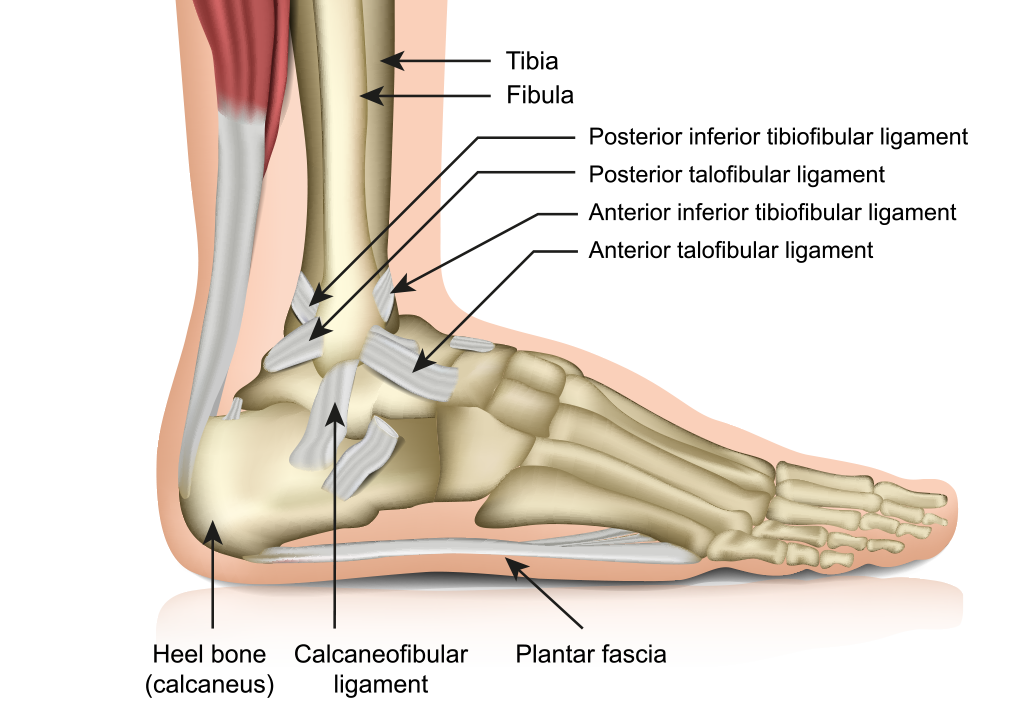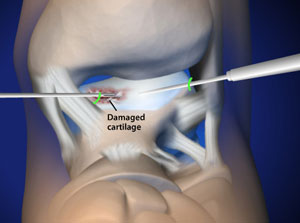Ankle Instability happens when the ankle joint repeatedly gives way during sport or daily activities, which leads to recurrent ankle sprains, joint pain, swelling, inflammation, and further damage to the ligaments around the ankle.
Recurrent instability episodes can cause damage to the ligaments, joint cartilage, or the formation of bony spurs (osteophytes) and Arthritis.
Its can be experienced as multiple ankle sprains (the most common ankle injury) and/or a general sense of instability in the ankle.
The cause of Ankle Instability is damage to the outer (lateral) ankle ligaments which support the joints.
Ongoing or chronic instability can develop when a past injury has not fully healed or been rehabilitated.
Repeated sprains cause further damage, with each subsequent injury leading to a weakening of ligaments and greater instability.
Risk factors for Ankle Instability include:
For some, Ankle Instability is experienced as intermittent pain which occurs with episodes of instability, while others feel frequent ankle aches. It can also be a combination of the two.
A feeling of instability or weakness in the ankle is the defining symptom, which can be accompanied by:
The ankle is complex, actually made up of two joints: the true ankle joint and the subtalar joint.
The true ankle joint is composed of three bones: the tibia and fibula (shin bones) and the talus (foot bone). It is responsible for up and down motion of the foot.
The subtalar joint consists of the talus (foot bone) on top and calcaneus (heel bone) on the bottom, which allows side-to-side motion of the foot.
The joints are cushioned by cartilage and stabilised by ligaments.
These components of your ankle, along with the muscles and tendons of your lower leg, work together to handle the stress your ankle receives as you walk, run and jump.

Usually, Ankle Instability can be rectified with nonoperative techniques to help strengthen muscles around the ankle joint as well as reducing the risk of recurring of injury.
First-line treatments may include:
Where there is severe damage or insufficient response to nonoperative treatment, surgery could be considered. These procedures usually involve ligament repair or reconstruction.
Initially, an arthroscopy will be performed, involving two key hole incisions and inspection of the joint using miniature camera and tools. Inflammatory and scar tissue may be removed and any bony spurs (osteophytes) trimmed away.
If more repair is required, surgery may continue and include an incision to access torn ligaments which are then reconstructed and reinforced with overlying tissue. If necessary, tendons behind the ankle may be inspected and repaired.
This surgery has a very high success rate, although high-risk activities may still lead to future sprain and injury.

If you are looking to book an appointment, please call us on